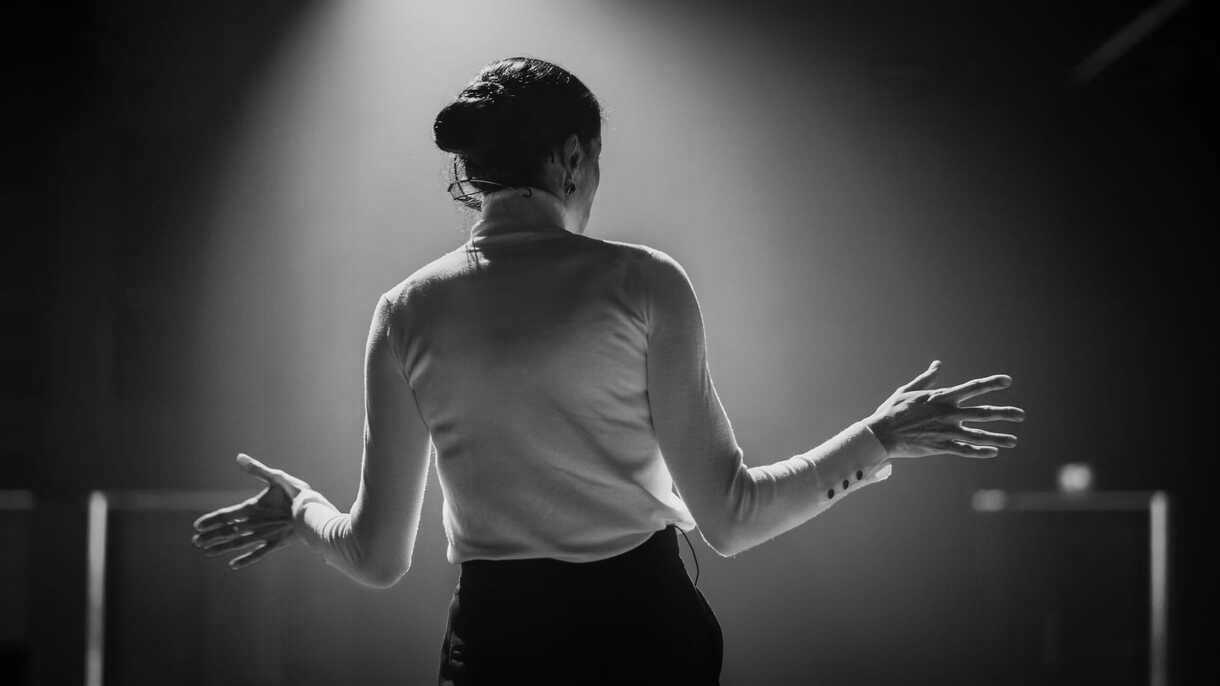- One Ahead
- Posts
- Magic Trick Body Language Tactics
Magic Trick Body Language Tactics
Your magic tricks will become 10x more entertaining and fooling with these psychological techniques. Use them wisely.

You’ve heard of body language.
Most people think it means crossing your arms or avoiding eye contact. But for a magician, body language is so much more than that — it’s how you move, how you stand, and how every part of you supports the effect.
For most magicians, body language is treated like something that happens rather than something that’s crafted. But the truth is, your body is the first thing an audience sees, and often, the thing they trust before they even hear you speak. Your audience reads more from your posture, your gestures, and your stillness than from your patter or your gimmick.
These seven body language tactics will help you use your body with intention to command attention, hide your moves, and amplify your effects—whether you're performing one-to-one or for thousands of people.
The Shoulder Reset
Your invisible opening line.
Before you open your mouth or show your first card, your shoulders have already made a statement. They tell the audience whether you’re open, closed, nervous, confident, rushed, or present.
That’s why every magician should start with a simple, pre-performance ritual: the shoulder reset. Raise your shoulders to your ears, roll them back, and gently drop them. What you’ve just done is reposition your entire upper body into an open, accessible, and relaxed posture — one that communicates presence and control without a single word. Relax — but with the right amount of energy to hold the position. Try it while sitting. Try it while standing. Start walking. Pick up a few objects. Walk backward. Throughout it all, focus on keeping your shoulders and neck relaxed. The goal is to stay open and loose at the same time.
Don't rush to grab a deck of cards yet. First, make sure this posture becomes second nature.
Only then pick up your cards — and invite a spectator to choose one. Notice the difference? When your shoulders are open, you naturally feel more connected to the person in front of you. Open shoulders don’t just affect your posture — they affect your communication, making you more approachable and your magic more impactful.
In magic, as in life, building rapport — creating a sense of trust and connection — is everything. Open body language, especially the simple openness of your shoulders, is one of the fastest ways to establish that connection. It communicates confidence, welcome, and availability without needing to say a word. A closed posture, by contrast, creates distance. It’s not just about crossing your arms, even something as simple as rounded shoulders sends a subtle message of withdrawal. It’s like putting a wall between the magic and the people meant to experience it. With just a small adjustment — a deliberate opening of the shoulders — everything changes. Your audience, without even realizing why, feels closer to you, more ready to trust you, and more willing to be amazed.
Now, before picking up your cards, stand still for thirty seconds, practicing the shoulder reset while breathing slowly. Film yourself and check: do your shoulders look naturally open, or are they still forward without you realizing?
At first, you might feel a little stiff while trying this new posture. That's normal. Over time, you’ll find the balance: holding an open, powerful posture while staying relaxed, comfortable, and fully yourself.

Subscribe to One Ahead to read the rest.
Become a member to get instant access to this edition and 300+ more editions packed with magic methods, insights, and secrets.
Already a paying subscriber? Sign In.
